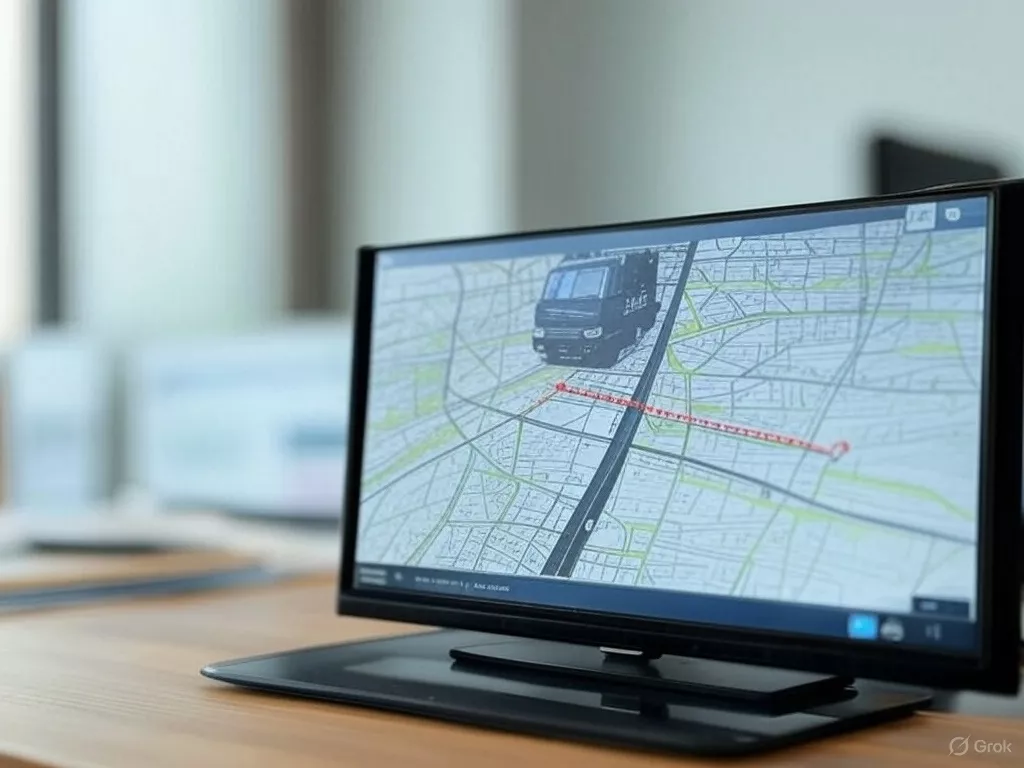
Vehicle tracking systems have become indispensable tools for businesses and individuals alike. Whether for fleet management, personal security, or optimizing logistics, modern vehicle trackers offer a wide range of advanced features. Below, we explore the ultimate features that make these devices so powerful.
1. Real-Time GPS Tracking

One of the most fundamental features of any vehicle tracker is real-time GPS tracking. This allows users to monitor the exact location of a vehicle at any given moment. High-end trackers update location data every few seconds, ensuring precise tracking for logistics, security, and operational efficiency.
2. Geofencing Alerts

Geofencing allows users to set virtual boundaries on a map. If a vehicle enters or exits these predefined zones, the system sends instant alerts. This is particularly useful for fleet managers who need to ensure drivers stay on designated routes or for parents monitoring teen drivers.
3. Engine Diagnostics and Health Monitoring
Advanced vehicle trackers integrate with the vehicle’s onboard diagnostics (OBD-II) system to monitor engine health, fuel consumption, battery voltage, and other critical metrics. This helps in preventive maintenance, reducing downtime and repair costs.
4. Driver Behavior Analysis
Many tracking systems analyze driving patterns such as speeding, harsh braking, rapid acceleration, and sharp turns. Fleet managers use this data to coach drivers, improve safety, and reduce fuel wastage and wear-and-tear on vehicles.
5. Fuel Monitoring and Theft Prevention
Fuel is a significant operational cost for fleets. Trackers with fuel monitoring capabilities detect fuel levels, consumption rates, and even unauthorized fuel siphoning. Some systems trigger alarms if sudden fuel drops occur without ignition.
6. Historical Route Playback
This feature allows users to review past routes taken by a vehicle. Businesses use it for verifying delivery routes, investigating unauthorized trips, or optimizing future routes for efficiency.
7. Tamper Alerts and Anti-Theft Features
If someone attempts to remove or disable the tracker, tamper alerts notify the owner immediately. Some systems also integrate with immobilizers, allowing remote engine shutdown in case of theft.
8. Integration with Fleet Management Software
Top-tier vehicle trackers seamlessly integrate with fleet management platforms, enabling features like automated dispatching, maintenance scheduling, and compliance reporting (e.g., ELD for trucking).
9. Mobile App Accessibility
Most modern trackers come with dedicated mobile apps, allowing users to monitor vehicles from anywhere. Push notifications keep users informed about geofence breaches, maintenance alerts, or unauthorized movements.
10. Weather and Traffic Updates
Some advanced trackers provide real-time weather and traffic data, helping drivers and fleet managers plan routes more effectively to avoid delays.
11. Battery Backup for Disconnected Tracking
In cases where the vehicle’s power is cut (e.g., theft), trackers with independent battery backup continue transmitting location data, increasing recovery chances.
12. Customizable Reports
Businesses benefit from customizable reports on mileage, idle times, driver performance, and fuel usage. These insights help in cost analysis and operational improvements.
13. Multi-Language and Multi-Currency Support
For international fleets, trackers with multi-language interfaces and multi-currency support simplify management across different regions.
14. AI-Powered Predictive Analytics
Cutting-edge trackers use AI to predict maintenance needs, optimize routes based on historical data, and even suggest driver training based on behavior patterns.
Conclusion
Vehicle tracking technology has evolved far beyond simple location monitoring. With features like real-time GPS, driver behavior analysis, fuel monitoring, and AI-driven insights, modern trackers enhance security, efficiency, and cost savings for both businesses and individual users. Investing in a system with the right combination of these features can significantly improve vehicle management and operational productivity.